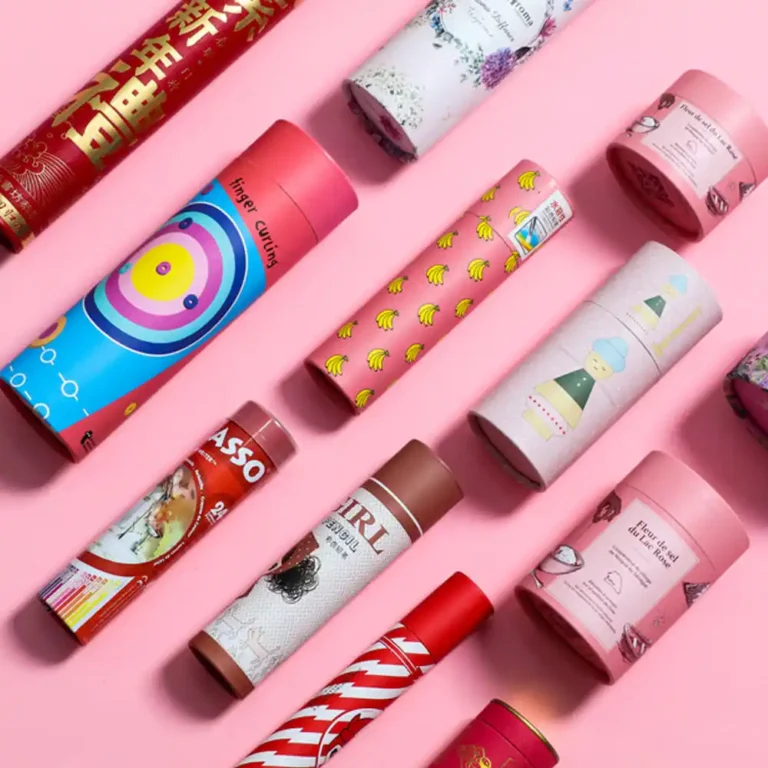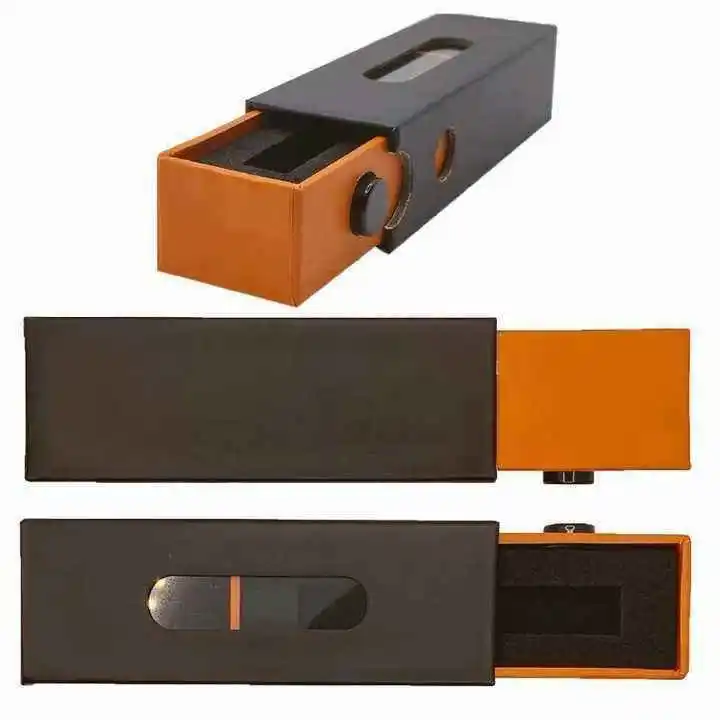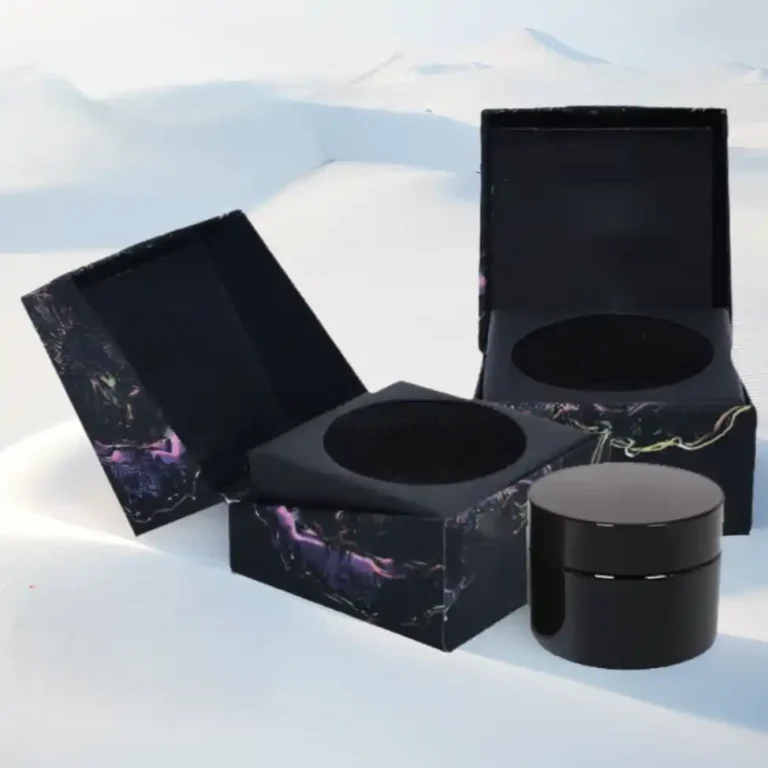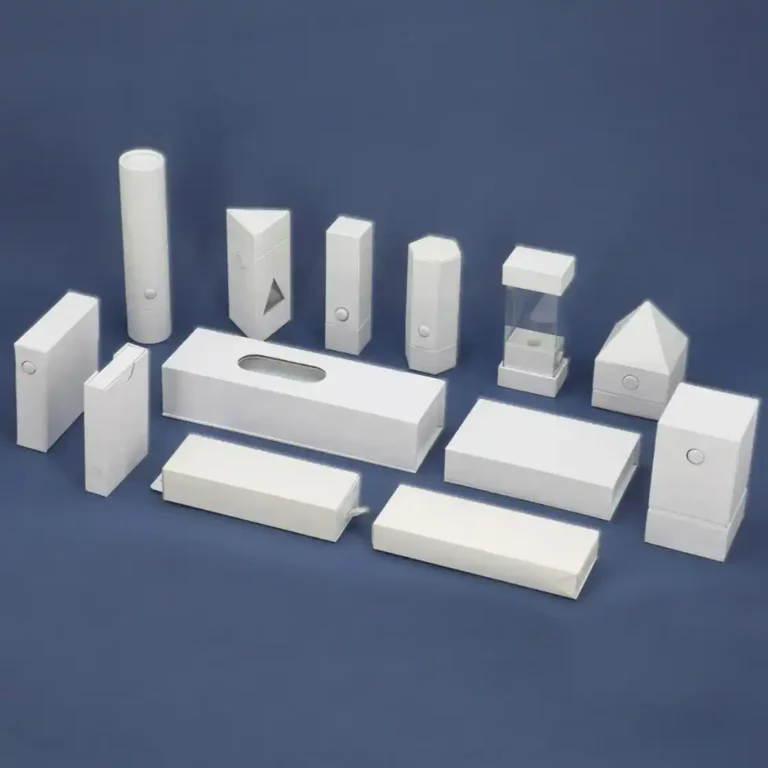Five Core Elements And Material Selection Strategy Of High-End Kraft Paper Handbags
Summary
High-end kraft paper handbags aren’t just carriers; they’re a handshake between your brand and the customer. In this guide, we translate material science into design moves you can actually use—balancing strength, sustainability, tactile delight, retail scenarios, and long-term value. To ground ideas in real production options, explore Zhibang’s paper gift bags and best-in-class executions from Zhibang Packaging.
Table of Contents
Material gene optimization: from fiber structure to brand expression
Kraft paper fiber composition and GSM selection
Start with unbleached, long-fiber kraft for tear resistance and natural gravitas. Refine GSM by use case: lighter for boutique apparel, heavier for premium cosmetics or glass. If you need visual benchmarks, compare finishes like satin-smooth or natural texture on real products such as the matte white luxury paper bag with silk ribbon handle.
Virgin vs. recycled content and performance stability
Virgin kraft typically leads in burst strength; recycled content supports ESG goals. Blended approaches (e.g., 30–70%) often deliver both durability and brand ethics. Validate handle pull strength and crease recovery during sampling.
Surface treatments and print readiness
Kraft’s porosity absorbs ink quickly. Pre-calibrate for CMYK coverage, spot colors, and foil blocking. If your identity leans metallic, study controlled contrasts like the luxury black paper apparel shopping bag with gold foil logo. For vivid color pops on natural substrates, see the custom color-printed gold paper gift bag with ribbon handle.
Handle systems and reinforcement logic
Match handle type to bag duty cycle: cotton rope for comfort, ribbon for elegance, twisted paper for recyclability. Reinforce with doubled turn-tops and board-backed bottoms. For upscale cues with structural clarity, evaluate custom luxury paper gift bags with rope handle and gold logo.
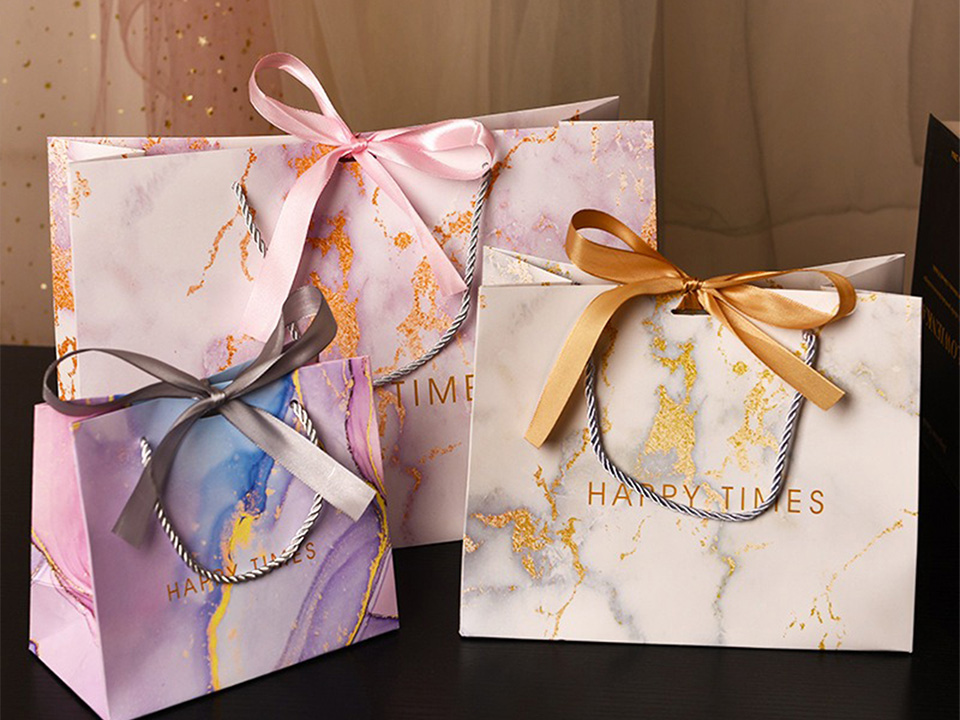
Environmental value empowerment: from ESG commitment to consumer recognition
Responsible sourcing and transparency signals
Prioritize responsibly sourced kraft and clean finishing—water-based coatings, soy inks, and minimal plastic. Communicate it simply: a one-line eco note near the gusset beats cluttered icons.
Recyclability, reusability, and end-of-life design
Design for second life: stable bases, comfortable handles, and scuff-resistant surfaces extend use. Avoid mixed laminations that complicate recycling. If you need production alignment, coordinate early with printing services on ink laydown and de-inkability.
Low-impact luxury aesthetics
You don’t have to trade beauty for eco-sense. Warm kraft tones pair naturally with blind embossing, debossed logos, and subtle foils used sparingly—quiet luxury that reads modern and responsible.
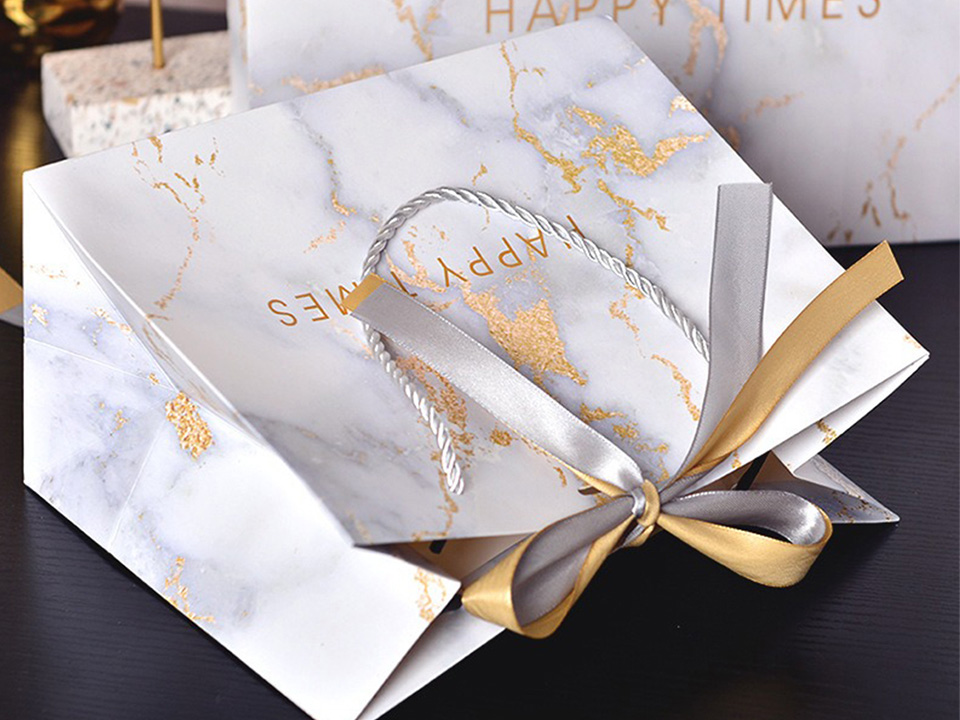
Craft aesthetics upgrade: from basic protection to sensory revolution
Tactile finishing and haptic memory
Soft-touch coatings, micro-texture embosses, and rich uncoated feels embed your brand in the fingertips. Customers remember textures the way they remember a great handshake.
Visual hierarchy and logo craftsmanship
Balance negative space, logo scale, and contrast. On kraft, foil and spot UV become accents—not wallpaper. For luxe clarity, review build quality on items like the matte white luxury paper bag with silk ribbon handle and the luxury black apparel bag with gold foil.
Hardware cues that elevate
Grommeted eyelets, custom ribbon widths, and turned-edge tops reinforce both structure and status. Understated metal accents can live comfortably alongside natural kraft without visual noise.
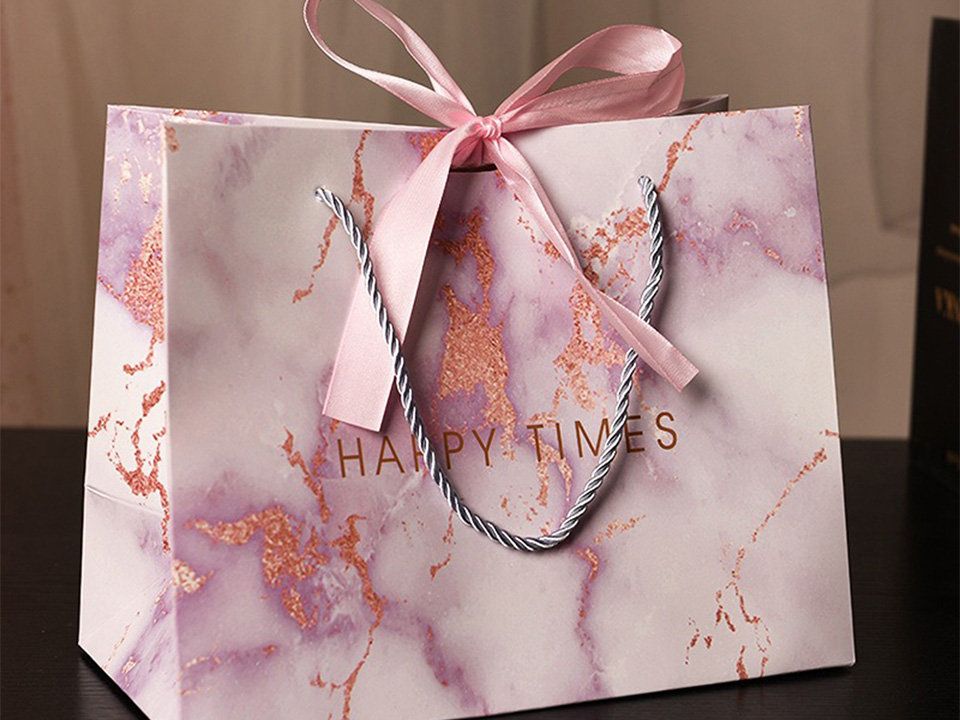
Design scene adaptation: from general packaging to emotional carrier
Retail and event-specific sizing strategy
Build a size matrix around core SKUs, then optimize gussets and heights for apparel stacks, shoebox widths, candle jars, and tech accessories. Audit how bags look in-hand, on counters, and in photos.
Unboxing choreography beyond the box
Your bag is a stage for what comes next. Inner tissue, branded cards, and color-matched ribbon handles set rhythm. For category inspiration, browse adjacent packaging like paper gift boxes to align bag and box language.
Collection storytelling and seasonal systems
Plan colorways and finishes across seasons. Limited foils, tinted cords, or special emboss plates can refresh without re-engineering the structure. Keep the base kraft tone consistent to anchor the line.
Cost-effectiveness balance: from short-term savings to long-term value
Total cost of ownership and durability ROI
Instead of chasing the cheapest sheet, optimize for reusability and brand carry. A sturdier handle board or smarter GSM may reduce damages and elevate perceived value—paying off in repeat impressions.
Print economies and component harmonization
Consolidate plate sets across sizes, standardize ribbon SKUs, and group runs by base kraft shade. Work with production to lock dielines early and avoid late-stage reworks. When you’re ready to scope, request tailored options via Need a Quote.
Supplier partnership and sampling discipline
Ask for material swatchbooks, pull-test reports, and color proofs. Evaluate samples side-by-side under retail lighting. For breadth of capabilities and past executions, start from Zhibang Packaging and the curated range of paper gift bags.






